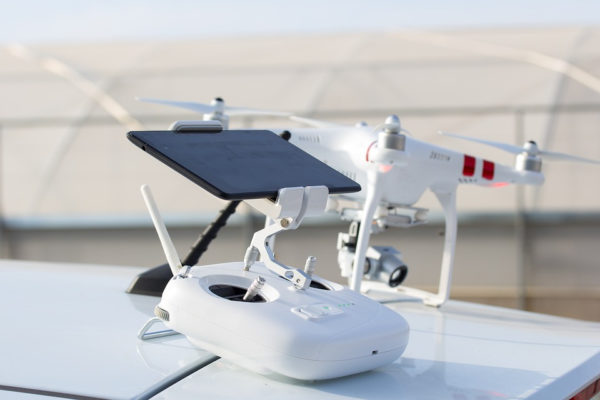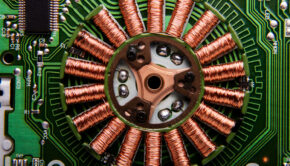How Do I Choose an RC Servo Motor?
Machines are equipment that make human life easier. Through the never-ending collaboration and innovation of engineers and scientists, there is always a new model, a new feature, and a new gear.
Many of the sophisticated machines we have today are made possible by RC servo motors. If you’re curious about how it can help you, let’s understand what it is and how it works.
What Is a Servo Motor?
Servo motors are forms of rotary or linear actuators that control the positioning and velocity of a machine. Engineers commonly use these in manufacturing, machinery, and robotics. Servos are equipped with sensors with positional feedback systems that detect movement errors whenever the machine malfunctions.
After a machine runs a command, the servo detects if the measured position is identical to the instruction. If not, it emancipates an error signal, causing the motor to rotate towards a more appropriate position. As the machine approaches a particular angle, the servo reduces its error signal to zero and the motor stops.
Radio control (RC) refers to the use of signals transmitted by radios to control a device. Like other machines, the movements of the RC model are controlled by servos, that is, the RC servo motors. Radio control servos are small, affordable, and mass-produced. It is used for radio-controlled machines in the military, in industries, and in scientific research organizations.
If you’re planning to create trending radio-controlled machines, it’s time to determine which components to use for your equipment. Let’s start with the differences between brushed and brushless servos.
Brushed servo
A brushed servo motor has a commutator responsible for switching the flow of electric current between the rotor and the stationary part of the machine. This commutator comprises a collector, referring to the set of contacts in the rotor; and, the brushes, referring to the contacts outside the rotor.
In a brushed servo, a stator comprising two magnets surrounds the turning rotor. After connecting it to the electrical source, polarities generate a magnetic field torque, allowing the rotor to turn around its axis.
Brushless servo
A brushless servo motor, on the other hand, has permanent magnets attached to its rotor that turns around a fixed stator. A special circuit is used to control the energy supply to the stator. This sensor controls the rotation speed, the angle of the rotor, and the transistors.
The goal of this brushless servo drive is to have the electromagnets create a torque that flows in one direction. Brushless servo motors are synchronous, allowing the rotor and the stator to turn with the same frequency.

Analog servo
Another set of components to choose from is the analog and digital servos.
The analog RC servo is the standard type of servo used to control the speed of a motor by sending pulses. Usually, the range of pulse voltage for machine movement is from 4.8 to 6 volts. However, an analog RC servo can receive up to 50 pulses per second. The longer the “on” pulse sends to the servo, the faster its motor spins. Hence, it generates a higher torque.
The drawbacks to using analog servos include its sensitivity to small commands and its inability to spin the motor quick enough. Also, it tends to produce a sluggish torque, a phenomenon called a “deadband”.
Digital servo
A digital servo, on the other hand, is better than the analog servo. It has faster acceleration and does not produce any deadband. These digital servos can send out 300 pulses per second. With this signal, the speed of the motor can increase significantly, leaving the torque on a constant drive.
Plastic vs metal
You also need to consider the materials used to manufacture servo RC drives. Plastic and metal gears have their advantages. When it comes to the price, plastic gears are more affordable. However, metal gears are more advisable when it comes to quality and durability.
The Verdict
Each type of servo has its benefits. The verdict depends on your ideas, your objectives, and your blueprint. For example, when choosing from Elmo’s servo drive series, see if the machine needs synchronicity between the rotor and the stator. If so, choose a brushless servo.
Furthermore, in the dilemma between analog and digital servos, determine the range of pulse needed by the machine. If it needs a faster beat, go for digital servos. Lastly, between the plastic versus metal dilemma, if your machine needs to be lightweight, the plastic servos are better for you. But if it needs to be more durable, settle for metal gears.
Indeed, there are countless RC servo motors to choose from in creating machines. But the best thing to do is never stop learning. See the reviews from experts to see which models and features are suited for you. Better yet, consult other professionals to advise you about the best models that are offered for this year.
















